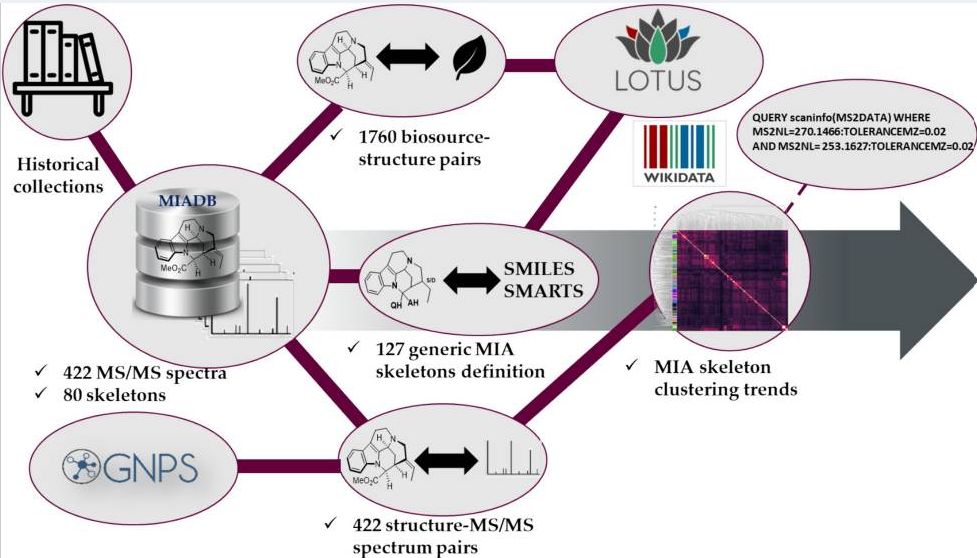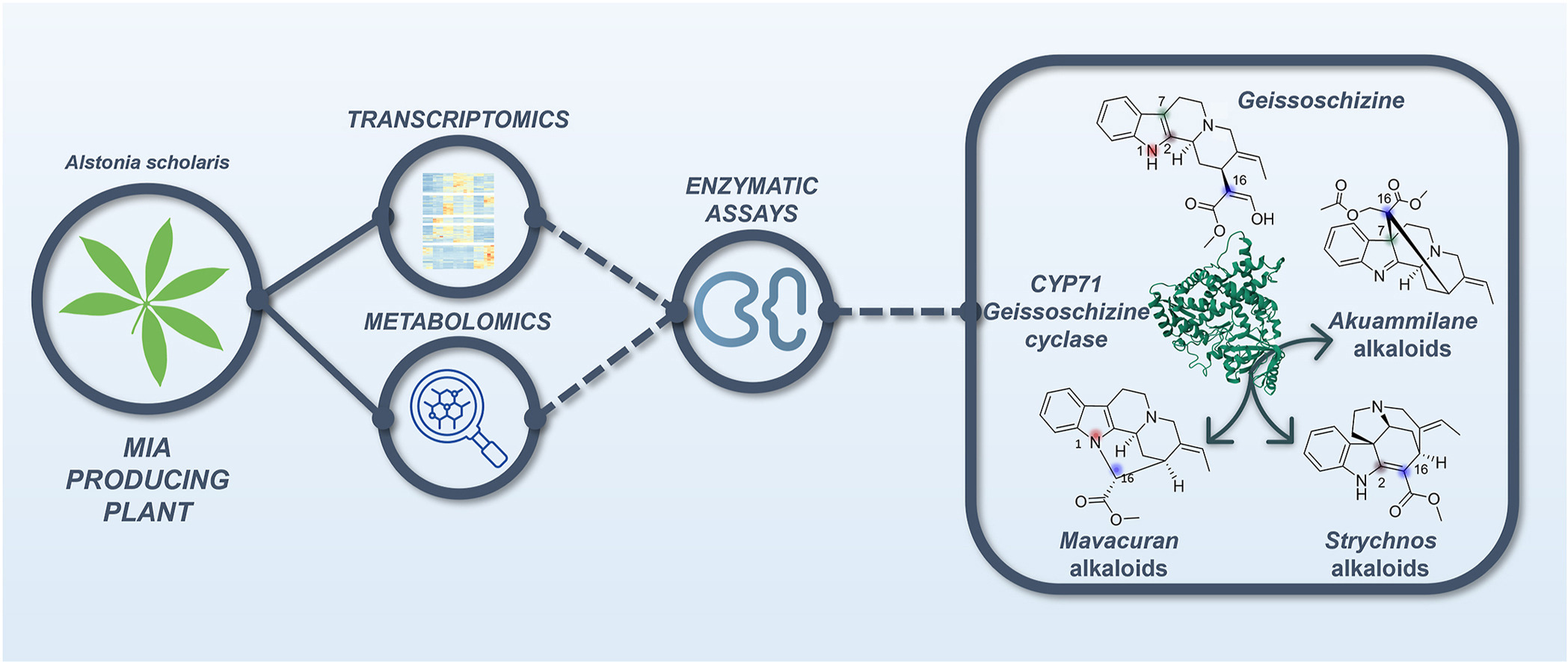The Apocynaceae tree Voacanga thouarsii, native to southern Africa and Madagascar, produces monoterpene indole alkaloids (MIA), which are specialized metabolites with a wide range of bioactive properties. Voacanga species mainly accumulates tabersonine in seeds making these species valuable medicinal plants currently used for industrial MIA production. Despite their importance, the MIA biosynthesis in Voacanga species remains poorly studied. Here, we report the first genome assembly and annotation of a Voacanga species. The combined assembly of Oxford Nanopore Technologies long-reads and Illumina short-reads resulted in 3,406 scaffolds with a total length of 1,354.26 Mb and an N50 of 3.04 Mb. A total of 33,300 protein-coding genes were predicted and functionally annotated. These genes were then used to establish gene families and to investigate gene family expansion and contraction across the phylogenetic tree. A transposable element (TE) analysis showed the highest proportion of TE in Voacanga thouarsii compared with all other MIA-producing plants. In a nutshell, this first reference genome of V. thouarsii will thus contribute to strengthen future comparative and evolutionary studies in MIA-producing plants leading to a better understanding of MIA pathway evolution. This will also allow the potential identification of new MIA biosynthetic genes for metabolic engineering purposes.
Keywords :monoterpene indole alkaloids; tabersonine; wild frangipani.






